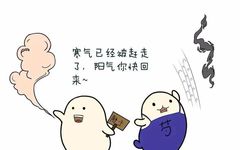
Bai Shao (White Peony) is a traditional Chinese medicine (TCM) herb with a wide range of therapeutic effects, including nourishing blood, astringing yin, softening the liver, alleviating pain, and calming the liver while subduing yang.
In clinical applications, it can be used for exterior symptoms such as colds and fevers, as well as for internal organ diseases like liver yang rising and abdominal pain.
When combined flexibly with other herbs, its therapeutic efficacy can be significantly enhanced.
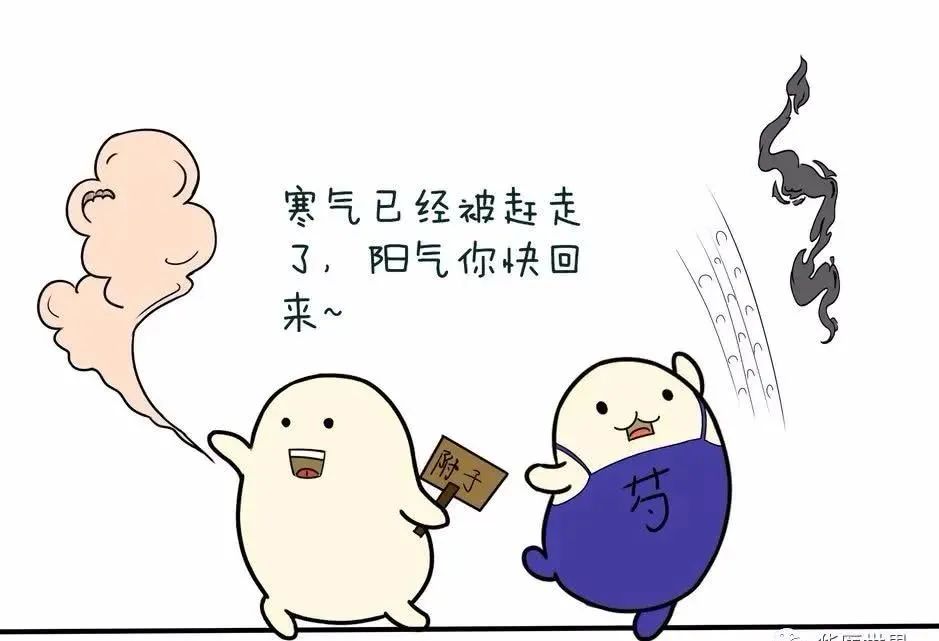
1. Bai Shao combined with Gui Zhi:
Gui Zhi (Cinnamon Twig) is a commonly used herb for treating colds and fevers, known for its ability to harmonize the exterior and promote sweating, effective whether sweating is present or not.
To prevent excessive sweating from Gui Zhi, it can be appropriately combined with Bai Shao to nourish yin, astringe sweat, harmonize the nutritive and defensive qi, and warm the meridians while promoting yang.
A commonly used representative formula is Gui Zhi Tang (Cinnamon Twig Decoction). If Ge Gen (Kudzu Root) is added to these two herbs, it can also treat cervical spondylosis and shoulder and neck pain caused by cold and dampness.

2. Bai Shao combined with Chai Hu:
Chai Hu (Bupleurum) has the effect of soothing the liver and relieving depression, while Bai Shao nourishes yin and softens the liver.
When Bai Shao and Chai Hu are combined, it can prevent Chai Hu from dispersing too much, allowing for a balance of gathering and dispersing, complementing each other.
Representative formulas include Xiao Yao San (Free and Easy Wanderer Powder), Da Chai Hu Tang (Major Bupleurum Decoction), and Chai Hu Shu Gan San (Bupleurum Powder for Soothing the Liver).
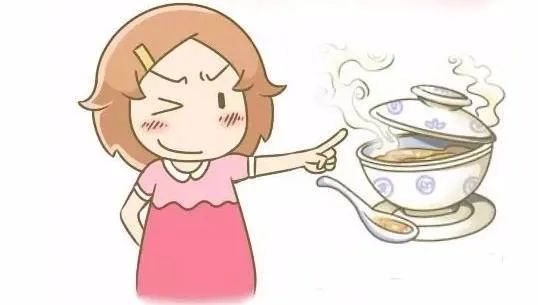
3. Bai Shao combined with Gan Cao:
Bai Shao and Gan Cao (Licorice) both have strong effects in alleviating acute pain. Bai Shao is sour, while Gan Cao is sweet; the combination of sour and sweet nourishes yin and has a significant effect in alleviating visceral spasmodic pain caused by yin and blood deficiency.
Representative formulas include Shao Yao Gan Cao Tang (Peony and Licorice Decoction), Xiao Jian Zhong Tang (Minor Construct the Middle Decoction), and Zhen Ren Yang Zang Tang (True Man’s Nourishing the Organs Decoction).

4. Bai Shao combined with Gui Jiao:
Bai Shao nourishes yin and softens the liver, while Gui Jiao (Tortoise Shell) nourishes yin and subdues yang. The combination of these two herbs can nourish yin, subdue yang, soften the liver, and calm wind.
This combination is effective for treating liver wind caused by yin and blood deficiency and liver yang rising, with representative formulas including Zhen Gan Xi Feng Tang (Liver Calming and Wind Subduing Decoction) and Da Ding Feng Zhu (Major Tranquilizing Pill).
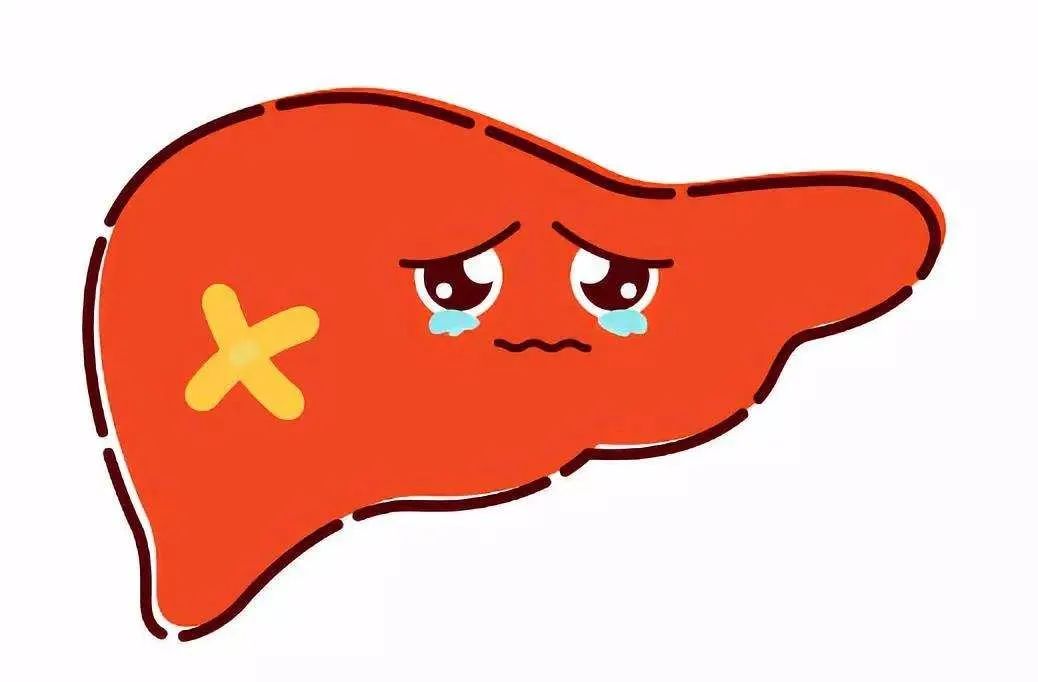
5. Bai Shao combined with Dang Gui:
Bai Shao and Dang Gui (Angelica Sinensis) both have the effects of nourishing blood and softening the liver while alleviating pain.
Bai Shao primarily nourishes yin, while Dang Gui primarily nourishes blood. The combination of these two herbs can achieve a dual effect of nourishing both yin and blood.
Moreover, Bai Shao is static and protective, while Dang Gui is active and dispersive; together, they can complement each other.

In many blood-nourishing formulas, these two herbs are often used together, such as in Xiao Yao San, Shao Yao Tang, and Wen Jing Tang.
What experiences and insights do you have regarding the combination of Bai Shao? Feel free to share your thoughts in the comments section.

–THE END-
Previous Highlights Review
-
Which populations are prone to lumbar disc herniation?
-
The difference between lumbar disc herniation and ordinary low back pain
-
External treatment methods for lumbar disc herniation in TCM
-
Comparative treatment methods for lumbar disc herniation

— Changde Huikang Clinic —
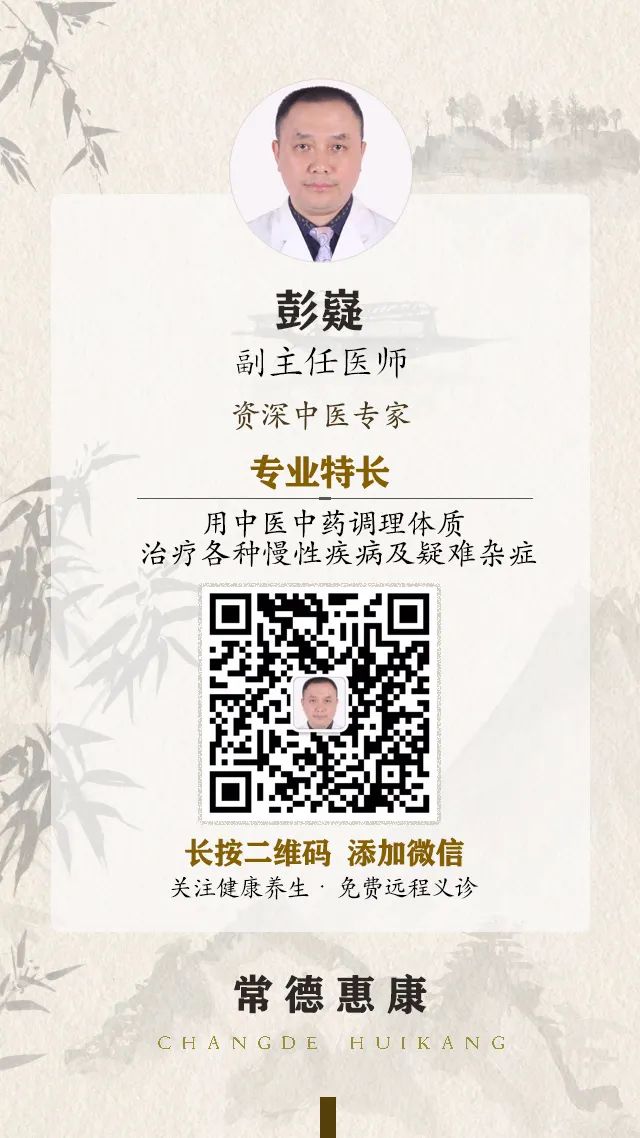
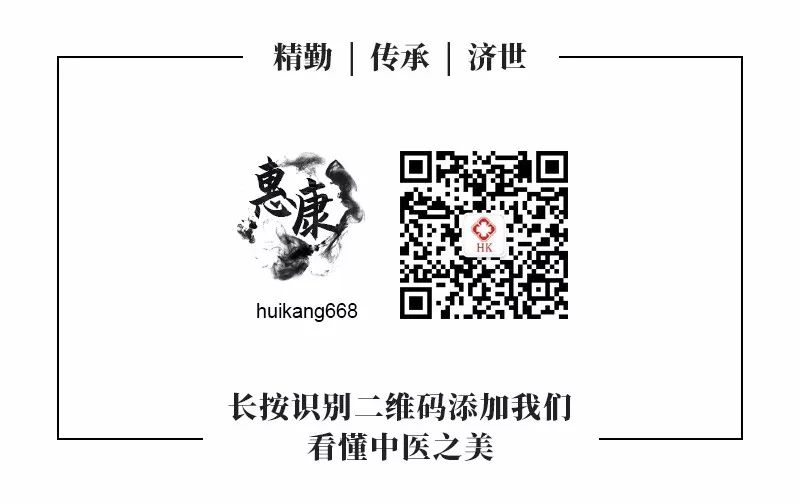
Click here for lifelong peace👇

